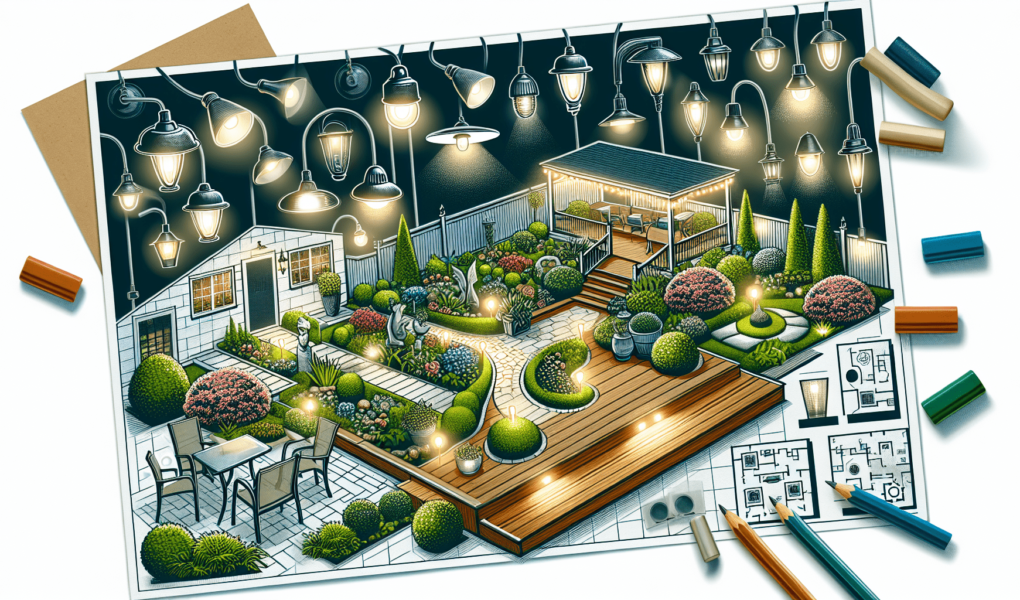If you’re looking to make the most of your outdoor space and enhance the beauty of your surroundings, then look no further. In this article, we will provide you with some valuable landscape lighting tips that will help you illuminate your outdoors and create a captivating ambiance. Whether you want to highlight your garden, showcase architectural features, or create a cozy outdoor gathering space, these tips will guide you towards creating the perfect lighting design for your outdoor oasis. From choosing the right fixtures to strategically placing them, get ready to transform your outdoor space into a mesmerizing wonderland with these expert landscape lighting tips.
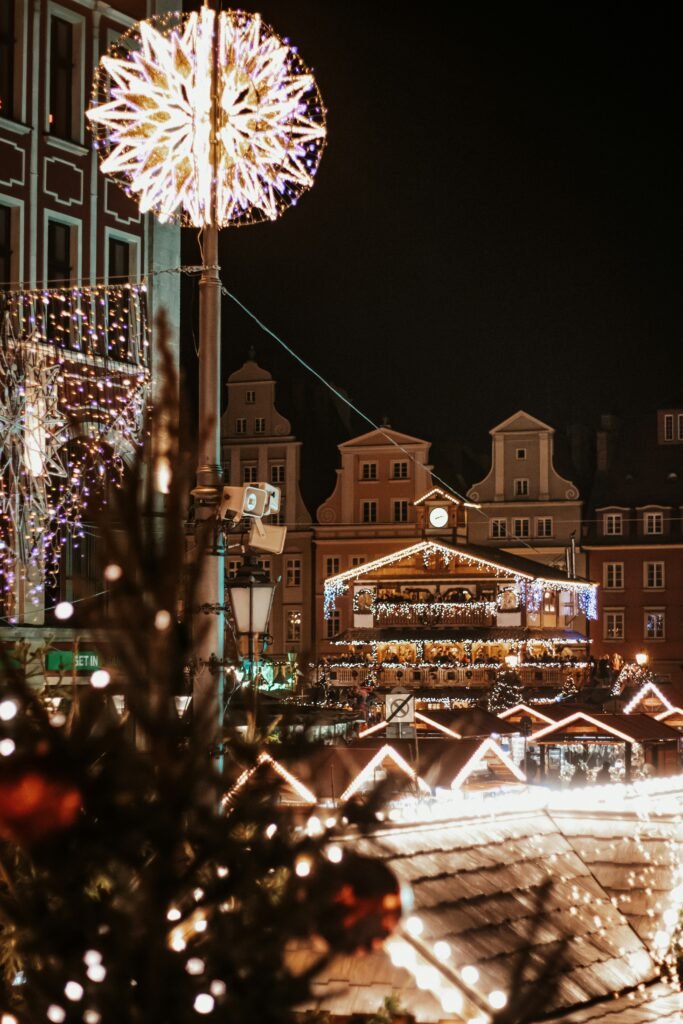
Choosing the Right Type of Lighting
Consider the Purpose
When choosing the right type of lighting for your outdoor space, it is important to consider the purpose of the lighting. Are you looking to highlight specific landscape features? Do you want to create a warm and inviting ambiance for entertaining? Or perhaps you are focused on improving safety and security? Understanding the purpose will help guide your decisions in selecting the appropriate lighting techniques and fixtures.
Identify the Areas to Be Lit
Take a walk around your outdoor space and identify the areas that you want to illuminate. This could include pathways, steps, trees, shrubs, architectural elements, and water features. By determining which areas you want to focus on, you can better determine the type and quantity of lighting fixtures needed.
Select the Lighting Technique
Once you have identified the areas to be lit, you can begin selecting the appropriate lighting techniques. Accentuating trees and shrubs can be achieved with well-placed landscape spotlights. Emphasizing architectural elements can be done using wall washers or uplights. Showcasing water features can be achieved with underwater lighting or well lights. And illuminating pathways and steps can be accomplished with path lights or step lights. By selecting the right lighting technique for each area, you can create a visually appealing and well-lit outdoor space.
Determine the Power Source
Before making your final lighting decisions, it is important to consider the power source for your outdoor lighting. Traditional lighting fixtures will require a direct electrical connection, which may require the expertise of an electrician. Alternatively, you may opt for solar-powered lights, which are energy-efficient and require no electrical wiring. Considering your power source options will help determine the feasibility and cost-effectiveness of your lighting plan.
Highlighting Key Landscape Features
Accentuating Trees and Shrubs
Trees and shrubs are often key focal points in outdoor spaces, and proper lighting can enhance their beauty and create a dramatic effect. By using landscape spotlights placed at the base of the trees, you can create a stunning uplighting effect. For shrubs, consider using well lights or low-voltage LED strip lights to provide subtle and soft lighting that highlights their texture and form.
Emphasizing Architectural Elements
Architectural elements such as walls, columns, and facades can be visually stunning when properly illuminated. By using wall washers, you can create a soft and even wash of light that highlights the texture and design of these elements. Uplights can also be used to accentuate columns or statues, adding depth and interest to your outdoor space.
Showcasing Water Features
Water features such as ponds, fountains, and waterfalls can bring a sense of tranquility and serenity to your outdoor oasis. By using underwater lighting, you can create a breathtaking effect by illuminating the water from beneath. Well lights or adjustable spotlights can also be used to emphasize the movement and texture of water features, creating a mesmerizing and captivating display.
Illuminating Pathways and Steps
Safety should be a top priority when lighting outdoor pathways and steps. By using path lights along walkways, you can ensure that people can navigate safely through your outdoor space. Additionally, step lights can be installed along stairs or steps to provide visibility and prevent accidents. Consider using warm-colored LED lights for a soft and welcoming glow that guides guests effortlessly.
Creating a Well-Designed Lighting Plan
Balance and Symmetry
A well-designed lighting plan incorporates balance and symmetry to create a visually pleasing outdoor space. By evenly distributing lighting fixtures throughout your landscape, you can achieve a sense of harmony and unity. Consider using matching fixtures on either side of a pathway or symmetrical placement of lights around a focal point. This attention to balance and symmetry will elevate the overall aesthetic of your outdoor lighting design.
Layered Lighting
Layered lighting is a technique that involves using multiple sources of light at varying heights and angles to create depth and dimension. By combining ambient, task, and accent lighting, you can achieve a layered effect that adds interest and visual appeal to your outdoor space. For example, you can use a combination of path lights, spotlights, and wall washers to create a beautiful interplay of light and shadow.
Avoiding Glare
Glare can be a common issue when it comes to outdoor lighting. It can be uncomfortable for the eyes and diminish the overall effect of your landscape lighting. To avoid glare, make sure to position your lighting fixtures properly. Avoid placing lights in direct line of sight, especially around seating areas. Additionally, choose fixtures with shielding or use frosted lenses to diffuse the light and prevent harsh glare.
Consider Focal Points
Focal points are key areas in your outdoor space that draw attention and create visual interest. By incorporating lighting fixtures around these focal points, you can enhance their impact and create a captivating atmosphere. Consider using well lights, spotlights, or uplights to highlight sculptures, special plants, or architectural elements. The strategic placement of lighting around focal points will ensure they become the center of attention in your landscape.
Choosing the Right Fixtures
Material and Finish
When choosing the right fixtures for your outdoor lighting, it is important to consider the material and finish. Opt for fixtures made from durable materials such as aluminum or stainless steel, as they are weather-resistant and can withstand exposure to the elements. The finish should complement the overall aesthetic of your outdoor space, whether you prefer a modern and sleek look or a more rustic and traditional feel.
Size and Style
The size and style of your lighting fixtures will have a significant impact on the overall aesthetic of your outdoor space. Consider the scale of your landscape features when selecting the size of your fixtures. A small fixture may get lost in a large landscape, while an oversized fixture can overpower smaller features. Additionally, choose a style that complements the architecture and design of your home or outdoor area.
Energy Efficiency
Energy efficiency is an important factor to consider when selecting outdoor lighting fixtures. Look for fixtures that are ENERGY STAR certified or labeled as energy-efficient. LED fixtures are a popular choice for outdoor lighting due to their energy efficiency and long lifespan. They consume less energy, produce very little heat, and provide bright and clear illumination.
Weather Resistance
Outdoor lighting fixtures are constantly exposed to the elements, so it is essential to choose fixtures that are weather-resistant. Look for fixtures that have an IP (Ingress Protection) rating, which indicates their ability to resist water and dust. A higher IP rating ensures greater protection against the outdoor elements, making your fixtures more durable and long-lasting.
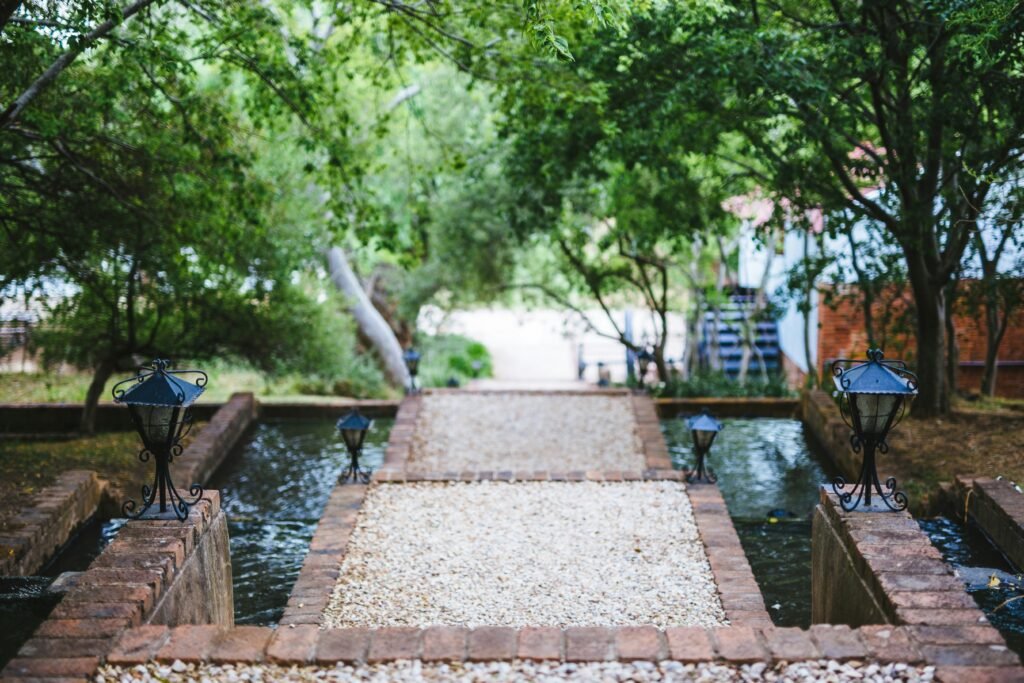
Understanding Different Types of Light Bulbs
Incandescent Bulbs
Incandescent bulbs are the traditional light bulbs that have been used for decades. While they provide a warm and familiar glow, they are not energy-efficient and have a shorter lifespan compared to newer alternatives. Incandescent bulbs are gradually being phased out in favor of more efficient options.
Halogen Bulbs
Halogen bulbs are a type of incandescent bulb that produce a bright and intense light. They are often used for outdoor floodlights and spotlights due to their ability to provide focused lighting. However, halogen bulbs can generate a significant amount of heat and have a shorter lifespan compared to LED bulbs.
LED Bulbs
LED bulbs have revolutionized the lighting industry with their exceptional energy efficiency and long lifespan. They consume significantly less energy compared to traditional bulbs and can last up to 25 times longer. LED bulbs are available in various colors and can be dimmable, making them versatile for outdoor lighting designs.
Solar-Powered Lights
Solar-powered lights are a popular choice for eco-conscious homeowners. These lights harness the power of the sun during the day and use it to illuminate your outdoor space at night. Solar-powered lights are easy to install since they do not require any electrical wiring. They are also energy-efficient and cost-effective in the long run.
Installing Lighting Fixtures Properly
Positioning for Optimal Effect
Proper positioning of your lighting fixtures is crucial to achieve the desired lighting effect. Consider the direction and angle of the light beam to ensure it reaches the desired area. Experiment with different positions and adjust as needed to achieve the optimal effect. Additionally, avoid installing lights too close together, as this can create a cluttered and overwhelming look.
Burying or Mounting Fixtures
Depending on the type of lighting fixture, you may need to bury it in the ground or mount it on a surface. Path lights, for example, are typically buried in the ground to provide low-level illumination along walkways. Wall-mounted fixtures may require drilling and mounting on a wall or post. Follow the manufacturer’s instructions and consult a professional if needed to ensure proper installation.
Proper Wiring and Connections
If you are opting for traditional lighting fixtures, it is crucial to ensure proper wiring and connections. If you are not experienced with electrical work, it is recommended to hire a licensed electrician to handle the wiring. Properly installed and connected wiring will ensure a safe and reliable outdoor lighting system. Remember to always follow electrical codes and guidelines for your area.
Considering Safety
Safety should be a top priority when installing outdoor lighting fixtures. Ensure that all fixtures are installed securely and are protected from accidental damage. Use water-resistant connectors and junction boxes to protect the wiring from exposure to water. Additionally, be mindful of the placement of wires to prevent tripping hazards. If in doubt, consult a professional for assistance to ensure a safe installation.
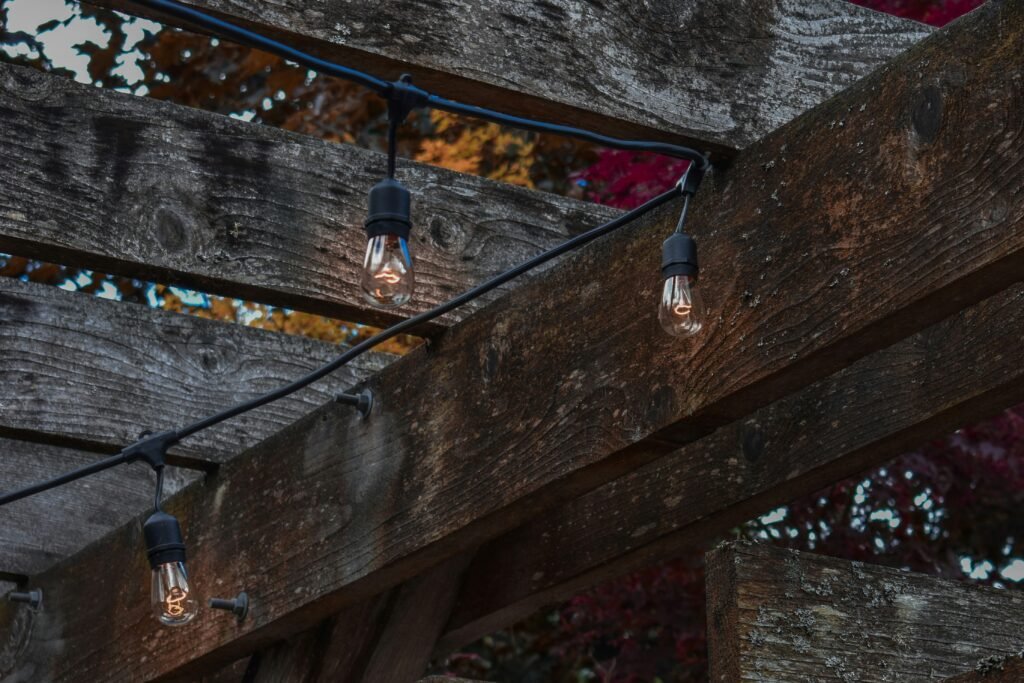
Controlling and Automating Landscape Lighting
Timers and Sensors
Timers and sensors can help automate your landscape lighting system, providing convenience and energy savings. Timers can be programmed to turn the lights on and off at specific times, ensuring that your outdoor space is well-lit when needed. Sensors can detect motion and automatically activate the lights, which is particularly useful for enhancing security and deterring intruders.
Remote Control Systems
Remote control systems allow you to control and adjust your landscape lighting from a distance. This is especially useful for larger outdoor spaces or when you want the flexibility to change the lighting settings from the comfort of your home. With remote control systems, you can easily dim the lights, change colors, or turn them on and off with the touch of a button.
Dimmers and Color Changing Lights
To create different moods and ambiance in your outdoor space, consider using dimmers and color-changing lights. Dimmers allow you to adjust the brightness of the lights to suit the occasion, whether it’s a cozy dinner or a vibrant outdoor gathering. Color-changing lights can add a fun and festive touch to your outdoor space, allowing you to select from a wide range of colors to suit your mood and style.
Integration with Smart Home Technology
For ultimate convenience and control, consider integrating your landscape lighting with smart home technology. This allows you to control your lights remotely through your smartphone or voice commands with virtual assistant devices. You can create schedules, scenes, and even integrate your lighting with other smart home devices for a seamless and personalized outdoor lighting experience.
Maintaining and Upkeeping Outdoor Lighting
Regular Cleaning and Dusting
To keep your outdoor lighting looking its best, regular cleaning and dusting are necessary. Use a soft cloth or sponge and gentle cleaning solution to wipe down fixtures and remove any dirt or debris that may accumulate over time. Regular cleaning will help prevent the buildup of dirt and grime, ensuring that your lights shine brightly.
Replacing Bulbs and Batteries
Like any other type of lighting, outdoor bulbs and batteries will eventually need to be replaced. Keep track of the lifespan of your bulbs and batteries and replace them as needed. LED bulbs typically have a long lifespan and may not need replacing for many years. It is also a good idea to keep spare bulbs and batteries on hand for quick replacements.
Inspecting and Repairing Fixtures
Periodically inspect your outdoor lighting fixtures for any signs of damage or wear. Check for loose connections, cracked lenses, or corroded parts. Repair or replace any damaged components to ensure the continued functionality and safety of your lighting system. Regular inspections and timely repairs will prolong the lifespan of your fixtures and prevent further damage.
Adjusting and Updating the Lighting Plan
As your outdoor space evolves and changes, you may find the need to adjust or update your lighting plan. Perhaps you have added new landscape features or rearranged existing elements. Take the time to reassess your lighting needs and make any necessary adjustments to ensure optimal illumination. By regularly updating your lighting plan, you can continue to showcase and highlight the beauty of your outdoor space.
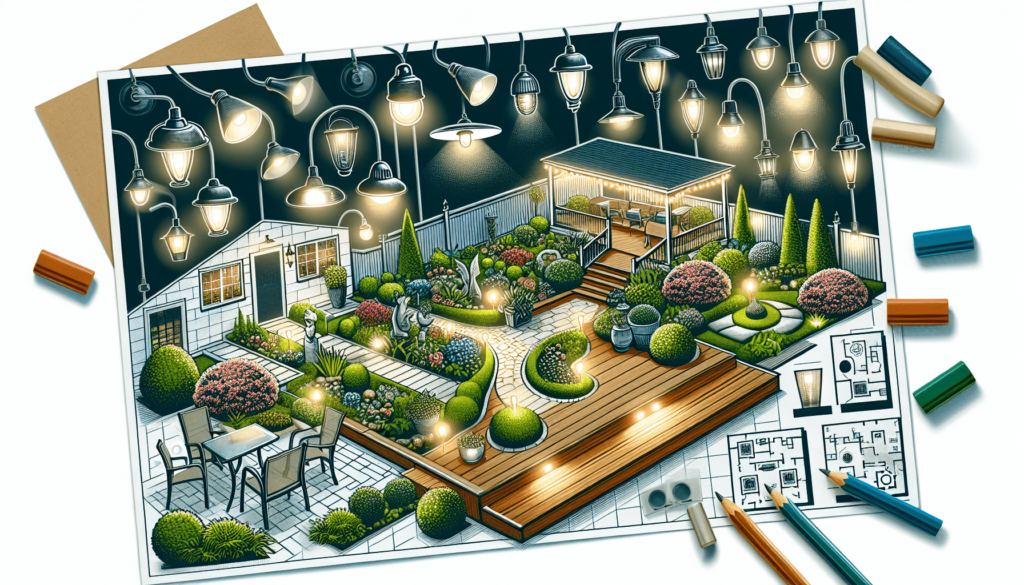
Considering Safety and Security
Illuminating Pathways and Entrances
Well-lit pathways and entrances are essential for safety and security. Ensure that your walkways, stairs, and entrances are properly illuminated to prevent accidents and provide a welcoming entry. Path lights, step lights, and wall-mounted fixtures can be used strategically to create a well-lit and inviting pathway to your home.
Detering Intruders
Outdoor lighting can also serve as a deterrent to potential intruders. A well-lit outdoor space makes it more difficult for individuals to hide and reduces the likelihood of unauthorized access to your property. Consider using motion sensor lights or timed lighting systems to activate when someone approaches your home or property, enhancing security and peace of mind.
Avoiding Dark Corners
Dark corners can create a sense of unease and provide hiding spots for unwanted visitors. Ensure that your outdoor lighting covers all areas of your property, eliminating any dark corners or blind spots. By providing uniform lighting throughout your outdoor space, you can enhance safety and security for both residents and visitors.
Selecting Motion Sensor Lights
Motion sensor lights are an effective way to enhance security and conserve energy. These lights only activate when motion is detected, providing an immediate response to potential threats. Motion sensor lights can be strategically placed around the perimeter of your home or property to detect movement and illuminate the area, deterring intruders and providing a sense of security.
Eco-Friendly and Sustainable Lighting Options
Solar-Powered Lights
Solar-powered lights are an eco-friendly and sustainable option for outdoor lighting. These lights harness the power of the sun during the day and store it in batteries to be used at night. Solar-powered lights are easy to install and do not require any wiring, making them a cost-effective and environmentally friendly choice.
Energy-Efficient LED Bulbs
LED bulbs are highly energy-efficient and can significantly reduce your energy consumption compared to traditional bulbs. They are long-lasting and require less frequent replacement, reducing waste. LED bulbs are available in a range of colors and can be dimmable, providing versatility and customization options for your outdoor lighting design.
Using Timers and Sensors
By using timers and sensors, you can ensure that your outdoor lights are only activated when needed. This helps minimize energy waste and reduces the overall environmental impact of your lighting system. Timers can be programmed to turn the lights on and off at specific times, while sensors can detect motion or darkness and automatically activate the lights.
Minimizing Light Pollution
Light pollution is a growing concern, particularly in urban areas. To minimize light pollution, it is important to direct your outdoor lighting downward and shield the light source. This helps prevent the scattering of light into the night sky and reduces the negative impact on wildlife and the environment. Using fixtures with built-in shielding or adding shields or hoods to existing fixtures can help minimize light pollution in your outdoor space.
By considering these comprehensive landscape lighting tips, you can create a well-designed outdoor lighting plan that enhances the beauty of your landscape, improves safety and security, and incorporates eco-friendly and sustainable practices. Whether you are accentuating trees and shrubs, highlighting architectural elements, or illuminating pathways, the right lighting can transform your outdoor space into a stunning and inviting retreat.
